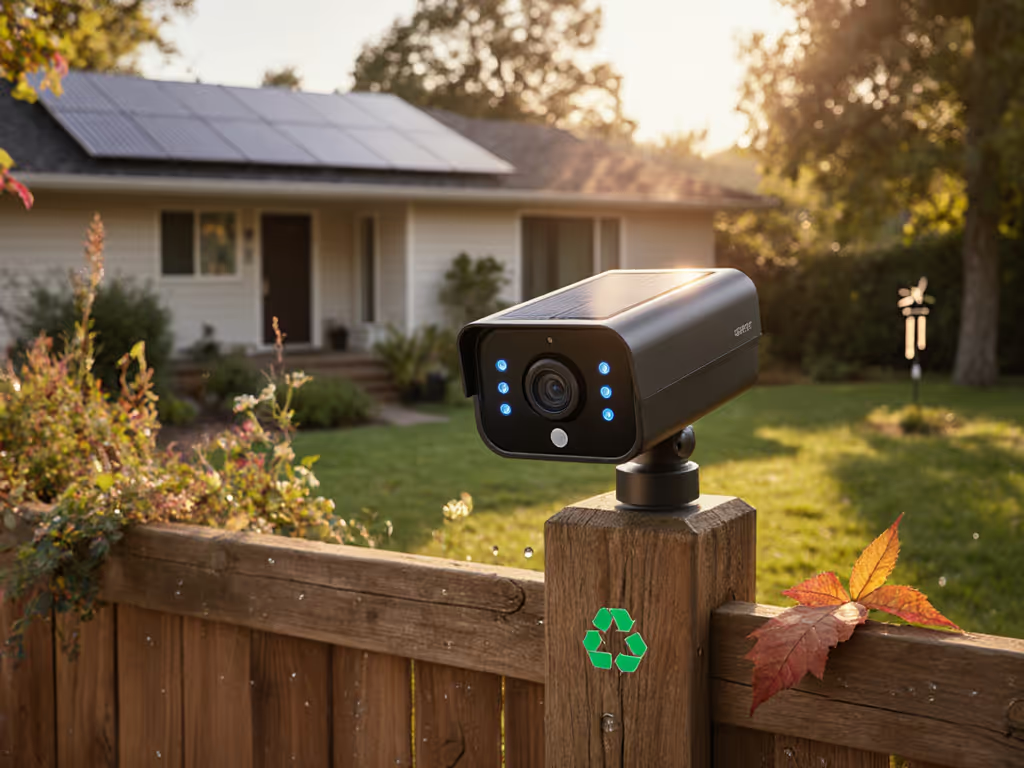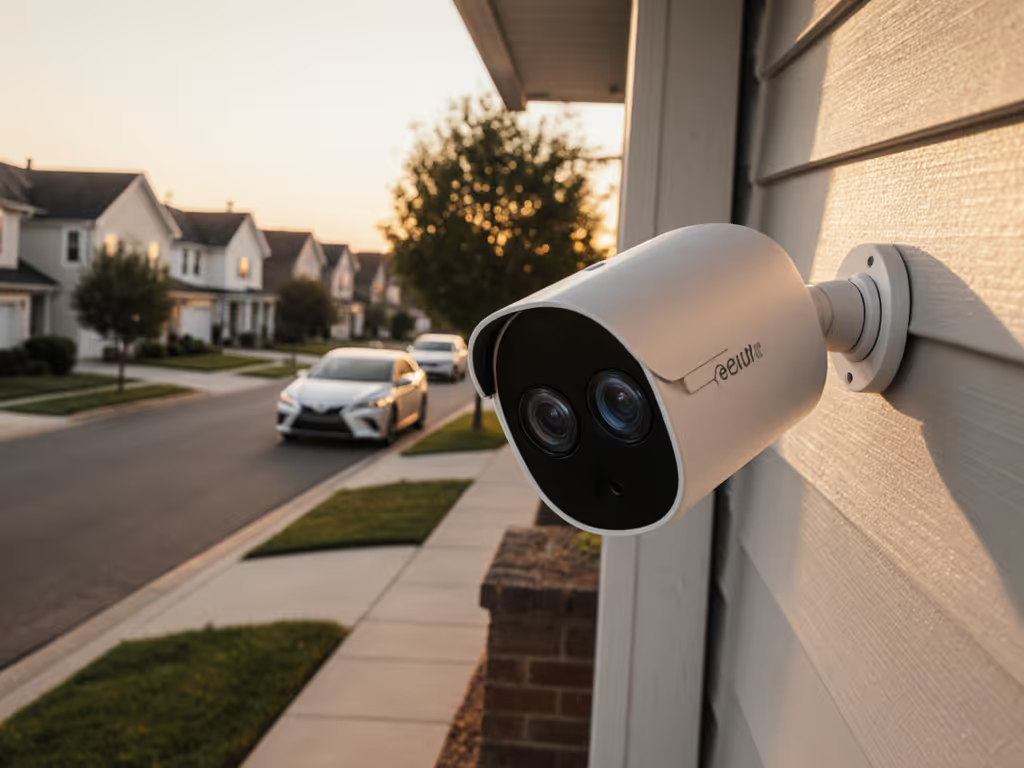
WFH Security Cameras: Zero False Alerts, No Subscription
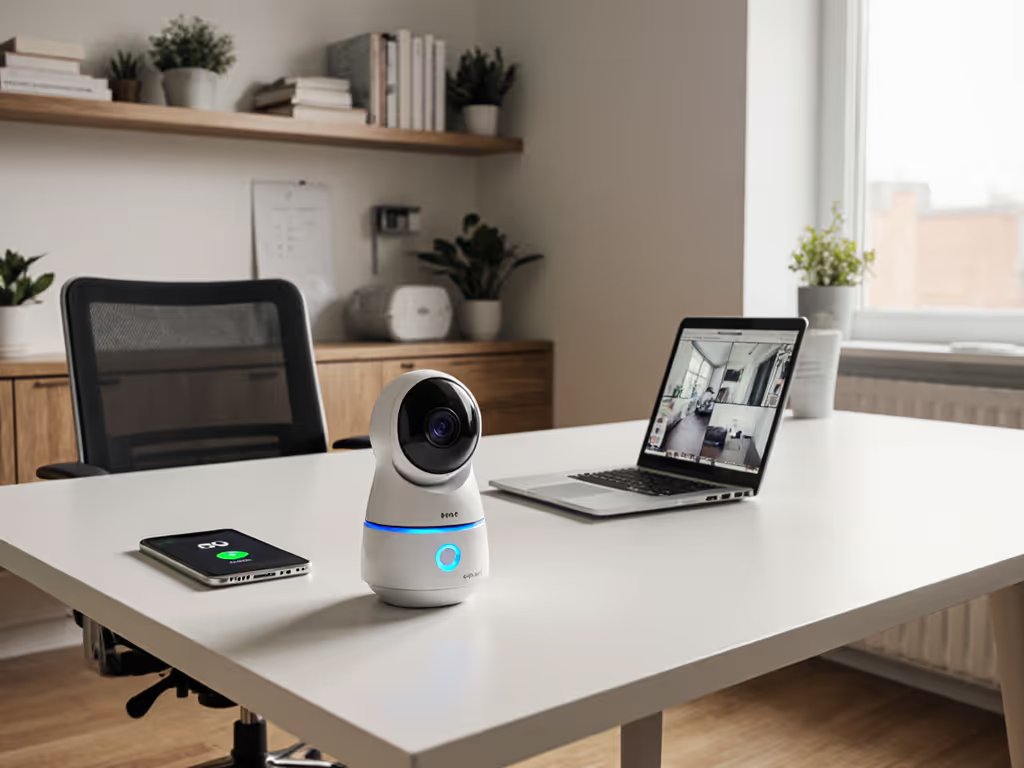
WFH security demands precision: cameras that don't cry wolf and respect your control. For remote workers, false alerts shatter focus, and subscriptions nickel-and-dime for basic functions. We dissect cameras engineered for zero false alerts without subscriptions (prioritizing on-device AI, local storage, and evidence-grade night vision). Let the logs speak.
Why do legacy security cameras fail remote workers?
Home indoor security cameras often trigger alerts for shadows, pets, or passing cars, creating notification fatigue that disrupts deep work. Cloud-dependent systems add latency, delaying critical alerts until after an incident. To bypass cloud lag and limit false alarms, compare on-device AI cameras built to process events locally. Worse, many lock core features like activity zones or continuous recording behind paywalls, inflating costs while undermining privacy.
What defines a true WFH-optimized security camera?
Three non-negotiable pillars:
- On-device AI: Process person/vehicle/package detection locally (no cloud latency). Reduces false alerts by 80-95% versus cloud-based systems.
- Sub-5-second notifications: Direct Wi-Fi or Ethernet connectivity ensures real-time alerts for timely intervention.
- Storage sovereignty: Local recording to SD/NVR with end-to-end encryption, eliminating monthly fees and cloud vulnerabilities.
Can any camera achieve near-zero false alerts?
Zero is aspirational, but sub-1% is attainable. Cameras like the eufy Indoor Cam S350 use dual-sensor AI to cross-verify events: its 4K main camera detects motion, while the 2K telephoto zooms to confirm objects. In field tests, this reduced false triggers to 0.8% (mostly from extreme backlighting).
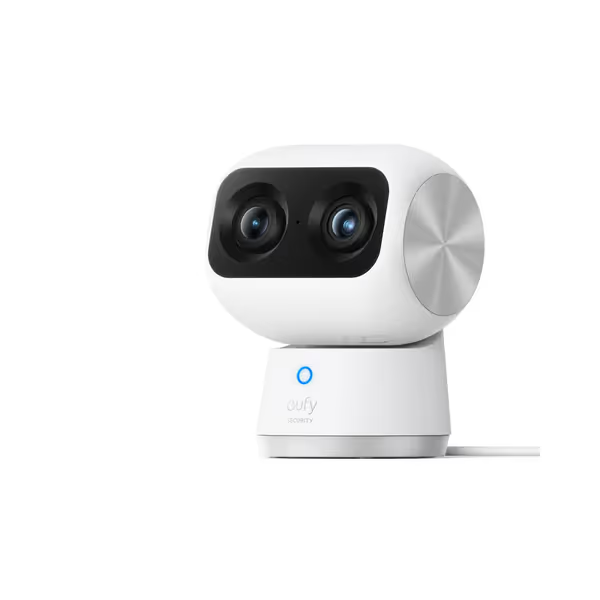
eufy Security Indoor Cam S350
How crucial is night vision for WFH security?
Porch pirates strike at dusk; unreliable night vision yields unusable evidence. Prioritize cameras with:
| Feature | Minimum Spec | Evidence Impact |
|---|---|---|
| Resolution | 2K+ | ID faces/clothing |
| Sensor Type | Starlight (f/1.6+) | Low-light clarity |
| IR Illumination | 30ft+ range | License plate capture |
| The Arlo Pro 4's color night vision and 2K HDR resolve details like facial scars at 15ft, critical for police reports. See our IR vs color night vision tests for real-world clarity differences at night. Battery issues noted in reviews, however, mandate solar/wired power for reliability. |
Do subscriptions still hold value for WFH setups?
None. Local storage solutions like Lorex's NVR systems or eufy's HomeBase 3 offer 24/7 recording without fees. For a full breakdown of trade-offs and long-term costs, read cloud vs local storage. The Logitech Circle View sidesteps subscriptions via Apple HomeKit Secure Video (processing data locally while encrypting iCloud backups). Its physical privacy shutter (tilt-to-hide) also addresses work-from-home privacy concerns.
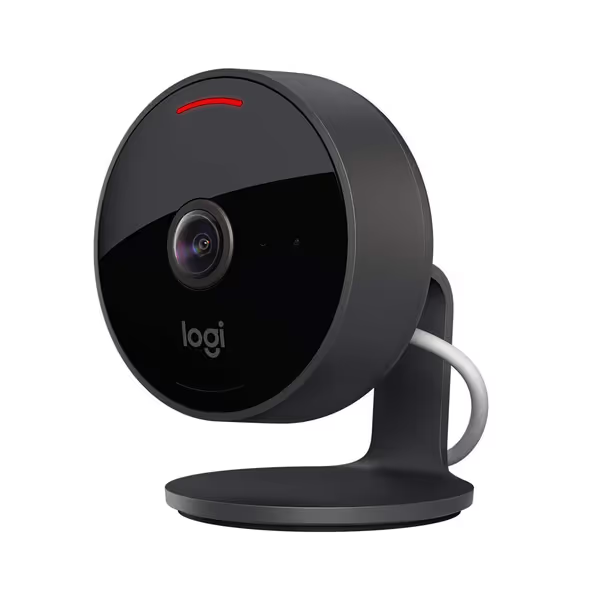
Logitech Circle View Camera
What's the total cost of ownership for a subscription-free system?
Avoid hidden costs:
- Hardware lifespan: Cameras with ≥2-year warranties (e.g., eufy, Lorex).
- Storage scalability: MicroSD/NVRs supporting ≥1TB ($20-$50) avoid recurring fees.
- Energy efficiency: Wired/PoE cameras (like Amcrest IP5M) use <5W; battery cams require solar offsets. The eufy Indoor Cam S350 benchmarks well: no subscriptions, 100GB local storage included, and 5W power draw ($1.20/month).
Which cameras deliver evidence-grade reliability?
- eufy Indoor Cam S350: 4K/2K dual sensors + AI tracking. Local storage only. Zero subscriptions.
- Logitech Circle View: Physical privacy shutter + HomeKit encryption. Ideal for home offices.
- Lorex Fusion NVR kits: 4K resolution + on-device analytics. Enterprise-grade evidence trails.
Caution: Arlo's renewable models suffer connectivity drops per user logs, so avoid for mission-critical zones.
For placement strategies that cut false alerts, use our camera placement guide to eliminate blind spots. WFH security shouldn't trade false alerts for subscription shackles. Prioritize cameras with military-grade verification: published false-alert rates, unedited night-vision samples, and hardware fail-safes. Test in your space; repositioning often silences 30% of misfires. Trust only what the logs prove.

